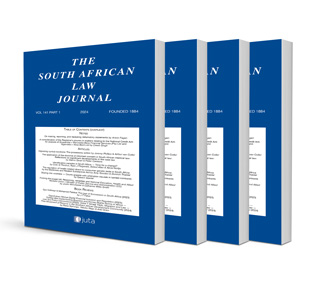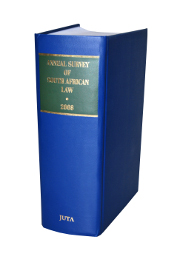A legal fallacy? Testing the ordinariness of ‘ordinary meaning’

A legal fallacy? Testing the ordinariness of ‘ordinary meaning’
Author Terrence R Carney
ISSN: 1996-2177
Affiliations: Senior Lecturer in Afrikaans Linguistics, University of South Africa
Source: South African Law Journal, Volume 137 Issue 2, p. 269-304
Abstract
The canon that dictates that words be interpreted according to their ordinary meaning has been widely debated. Many studies have either highlighted the shortcomings of the ordinary meaning principle or have tried to debunk its existence altogether. Despite efforts to introduce a new approach to the interpretation of statutes in South Africa (through Endumeni), the application of the ordinary-meaning rule persists and remains a contested issue. Weighing in on the debate by scholars such as Cowen and Labuschagne, this contribution tests if the phenomenon of ordinary meaning actually exists. Rooted in the argument that ordinary meaning is representative of a so-called reasonable speaker’s understanding, data was collected through a survey approach. The survey tested ten words taken from South African case law that were interpreted according to the ordinary meaning principle. The results were then compared with the meanings assigned by the respective courts and those appearing in the iWeb corpus. Interpreted against the demographic information of 151 participants, the preliminary results indicate correspondence between the courts’ understanding of the selected words and that of the respondents. Therefore, the findings cautiously confirm the existence of the ordinary meaning principle as a phenomenon within a specific spectrum of society.
